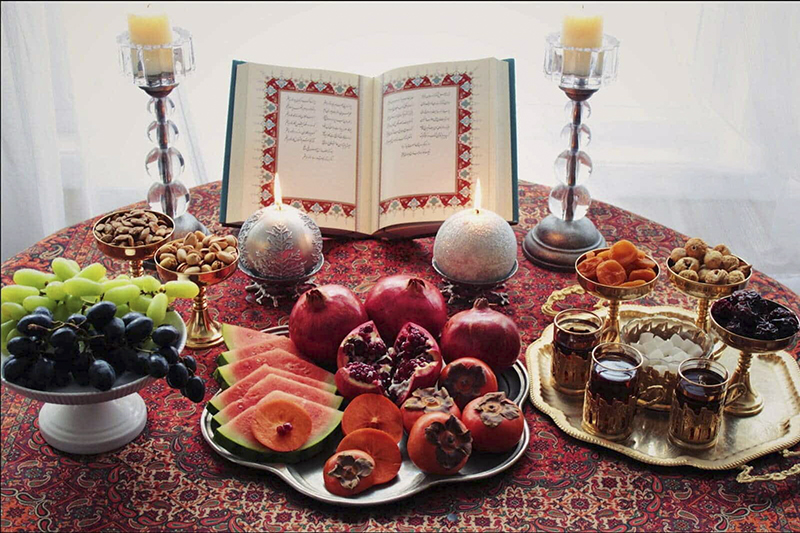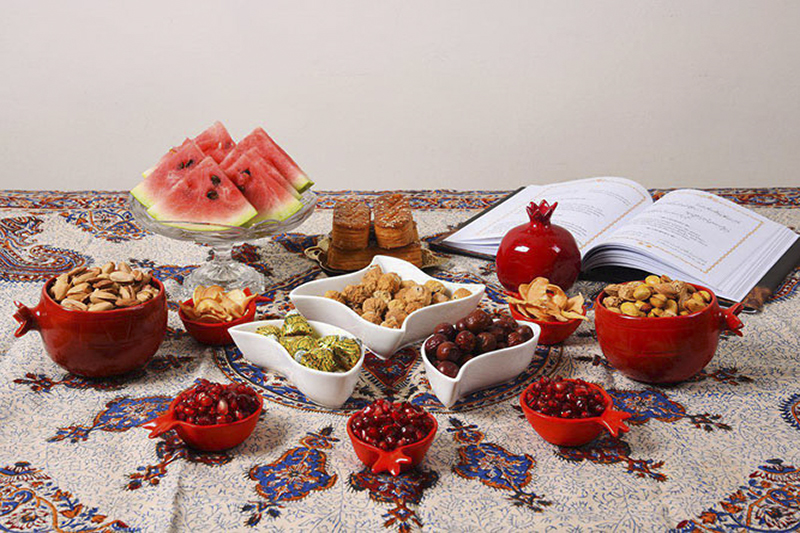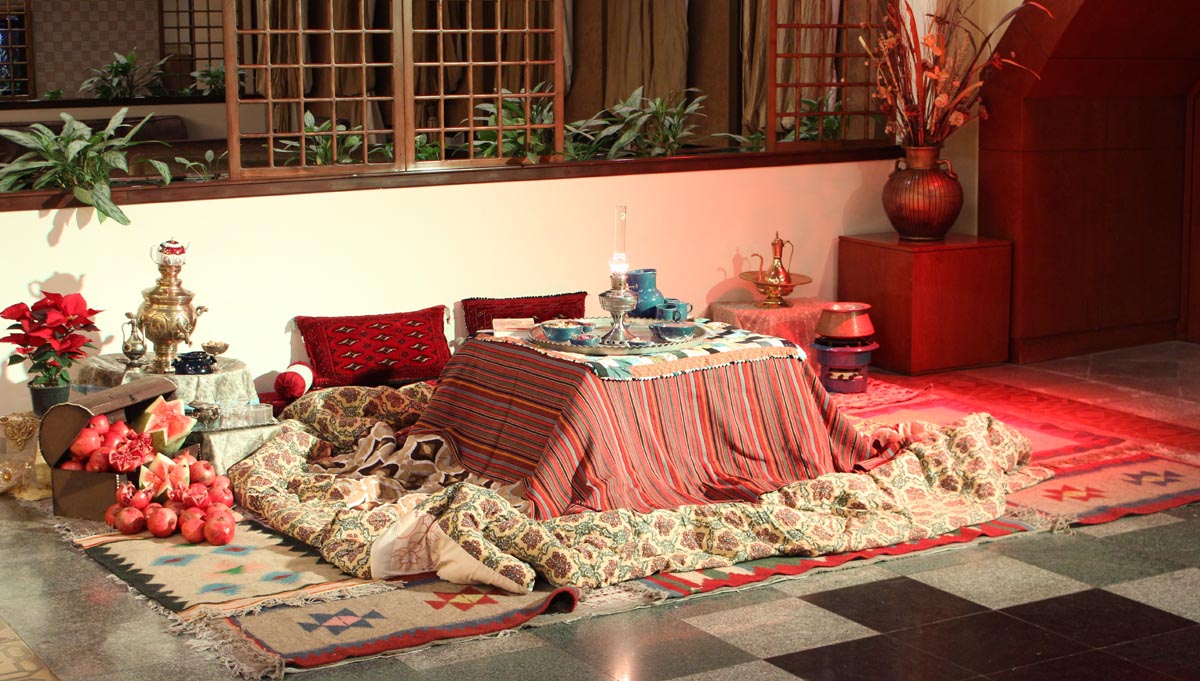Yalda Night, held on December 21, is one of the most ancient Persian festivals to commemorate the longest night of the year,; in other words, it is the winter solstice celebration in Northern hemisphere when the sun and the earth are at the maximum distance from each other, resulting in the least amount of sunlight and the longest night. Ancient Iranians celebrated this night as the longest night of the year by gathering together and anticipating the next day sunrise. This long-standing festival, which has been celebrated since the time of Darius the great Achaemenid king, heralds the coming of winter when days become shorter and nights longer.

The History of Yalda Night
Just imagine the living conditions in ancient societies all over the world when life was replete with war, violence and disorder. In order to survive this chaotic situation, ancient people needed a reason to help them restore hope and faith in obtaining order and stability, particularly at the time of political unrest. The reliability of seasonal cycle, in which warmth and cold are followed by each other and no harsh condition persists, revived hope and faith in them and provided psychological comfort they needed. Yalda Night is the time when they celebrated the sunrise or the triumph of light (the sunrise) over darkness and the victory of hope over frustration.
Although this long-held festival is deeply rooted in ancient worship of Mithra or Mehr, the goddess of light, it was mostly popularized by Zoroastrians. Persian people in the past strongly believed that darkness was the best situation for evil forces to work, so nights belonged to Ahriman or Satan; as a result, evil forces, which were stronger during the longest night of the year, dominated the earth and people needed to unite and get together to ward off their power. People stayed up together while waiting for the dawn, which signified the defeat of evil forces and the victory of light or the sun. They firmly believed that the day after Yalda Night or the longest night of the year belonged to Ahura Mazda or the lord of wisdom and light in Zoroastrianism.

The Meaning of Yalda Night
The term “Yalda” is a Syriac word, not a Persian one. The Syrian Christians, who were harassed and persecuted by their ruling reign, took sanctuary in Persia during Sassanid dynasty from the first to the third century. In Aramaic dialect, Yalda means “birth” and the initial Christian societies used the word Yalda rather than Christmas for the birth of Jesus Christ. The co-existence of Christians and Persians resulted in the mingling of their beliefs; Christians considered the themes of light, sun and birth, inherent in the Persian festival, to be interconnected with Jesus Christ who was the source of light to defeat the evil forces. Persians took the word Yalda for their festival as the birth of the sun.
Yalda Night and Shab-e Chelleh are two words that are used interchangeable to refer to this festival. In ancient Persia, winter consisted of two Chelleh (forty days) periods; Yalda Night marked the beginning of winter and the first Chelleh called Big Chelleh from the first day of winter to 11th of Bahman, followed by Small Chelleh from 10th of Bahman to 30th of Bahman.
Customs of Yalda Night
People get together at an elderly house to celebrate this ancient festival. In the past, the gathering occurred so that people could feel comfort with each other against the evil in the longest night of the year; this gathering has continued to the present time symbolically. In their gathering, grandparents or the elderly amuse others especially children by telling stories. They spend the night telling jokes, dance, play the music and other works to enjoy their time. One important ritual held n Yalda Night is reading poems by the 14-century Persian poet, Hafez. They make a wish, pick up Divan-e Hafez, flip through the pages and choose a verse randomly. The random verse is believed to be the interpretation of their wish; every one attempts to interpret the poem as the poetry of Hafez is fraught with symbolism, and double meanings, so his poetry is open to interpretation. Furthermore, food is an indispensable part of Yalda Night. Till not many years ago, food was set on a low table with a heater beneath and a blanket over called “Korsi”. This table is filled with various red fruits like pomegranate and watermelon, dried nuts such as almond, pistachio, walnut and hazel nut, and dried fruits like dried fig and dried apricot. They consume summer fruits like watermelon in the winter as they believe summer fruits can protect the body from winter diseases; in addition, water melon with its spherical shape symbolizes the sun and its red color represents the glow of light. Pomegranate is supposed to protect the body against evil by its healing properties. Yalda Night with its symbolic significance is held annually on the last day of autumn.












